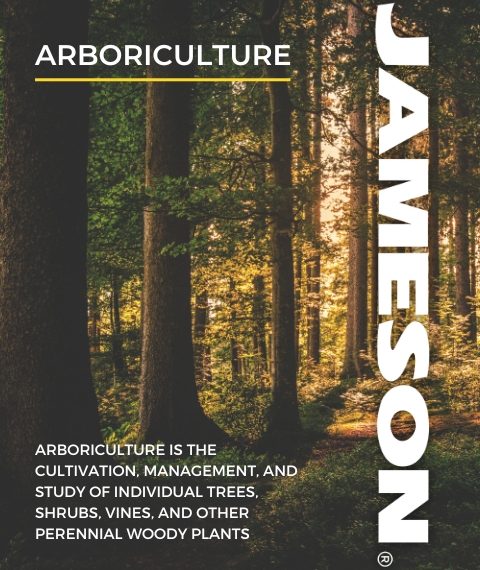Arboriculture
Tree Trimming/ Line Clearance Kits



YOU’VE GOT QUESTIONS. WE HAVE ANSWERS.
Yes, as long as the load rating is not exceeded and the cable MFR’s minimum bend radius is maintained.
Up to 2 inches. Users should always maintain the cable MFR’s minimum bend radius when sizing cable to work with the sheave.
Fiberglass is non-conductive, bends in all directions without kinking, slides easily over existing wire in conduit, non-corrosive, lightweight, easily accepts accessories.
Set the drag brake to allow the reel to spin freely. When paying out, never pull the rod so quickly that it outpaces the spinning of the reel. Allow the tension of the unwinding rod to naturally spin the reel. When retracting, never manually spin the reel to wind up the rod. Push the rod in short increments so it seats firmly against the inside edge of the reel, causing the reel to spin as the rod is taken up.
If job requires more rod than is on reel, you can use an additional reel with rod and combine the rods using swivel coupling or grapples. See Big Buddy® Manual for additional information.
1,500′ is our longest finished length on a frame. However, you can connect rodders for additional length when needed.
Wee Buddy: #8-32
Little Buddy: #10-24
Easy Buddy: #12-24
Mini Duct Hunter 1/4″ -20
Good Buddy Models: 3/8″-16
Big Buddy 3/8″-16
Duct Hunter 5/16″ 3/8″-16
Duct Hunter 7/16″ 3/8″-16
We recommend Jameson parts for Jameson products to ensure the highest quality performance.
Jameson’s Buddy® Rodders are for installing cable; Duct Hunters™ are for tracing underground conduit/pipe.
Any make/model locator set (transmitter & receiver). Sold Separately.
Yes. Jameson’s Duct Hunter™ works with any make/model locator set.
Yes. See instruction manual for details.
a. Try using a high frequency such as 82kHz or higher
b. Increase the depth of your ground spike
c. Replace the batteries in the transmitter and/or receiver
d. Check for proper continuity of the traceable rod. Touch each end of the rod to the probes of a multimeter and measure the resistance. Any reading between 2 and 20 ohms indicates proper continuity. Or lay out approx. 50 ft. of rod on the ground in a loop. Clip the red lead and black lead of the transmitter to each end of the rod. If the receiver picks up a strong signal, the rod has proper continuity.
This allows the use of different diameter rods together to customize for different job applications, depending on length and amount of flexibility needed for specific job.
Approximately 10 minutes after fully charging in direct light.
Many Jameson products are available to the commercial public.
Jameson shelter lights and field medical lights have been used in these environments by all branches of the U.S. Military, NGOs and International defense forces.
Yes, many of Jameson lights currently support international power requirements. Jameson can also customize any of lighting products to support international power requirements, as well as customize connectors to meet international plug configurations.
Yes, Jameson can develop customized solutions, depending upon scope of project and required specifications. Please contact Jameson’s Government Sales Manager for further information.
No. PVC and Polyethylene have the same OD.
Yes.
This is the same procedure as EF insertion tee. Nothing has changed with the outlet – it is only the saddle. One is EF and one is mechanical. The cutter, the cap and the outlet of the tee are the same.
Yes. Jameson uses the same heavy duty leaf spring aluminum ferrules on all poles so they can be used together in any combination
To meet the specific needs of our different customers, Jameson has developed poles for line clearance, line construction, arborists, landscapers and homeowners. Different configurations allow the user to customize poles to specific jobs.
The JE series has an integrated solid foam core. Each pole is tested at the factory to confirm the insulating properties. They are used when working near power lines (such as line clearance.) The JE series are NOT hotsticks. Other Jameson fiberglass poles are hollow and are batch tested for insulating properties.
As a general rule, Jameson recommends no more than three 6-foot sections (18-ft) be used together. However, the experience of the user must be considered. The professional arborist may be able to use more poles or longer sections, while the homeowner may be comfortable using only one or two sections. Always follow all safety instructions and wear eye protection.
A sonde is a miniature battery-powered transmitting beacon that screws on the end of a Duct Hunter™ or Buddy® Rodder. It is used to pinpoint specific locations in underground pipe. The signal is isolated to the sonde location only and is picked up by the receiver from above ground. Jameson offers a small 512 HZ sonde.